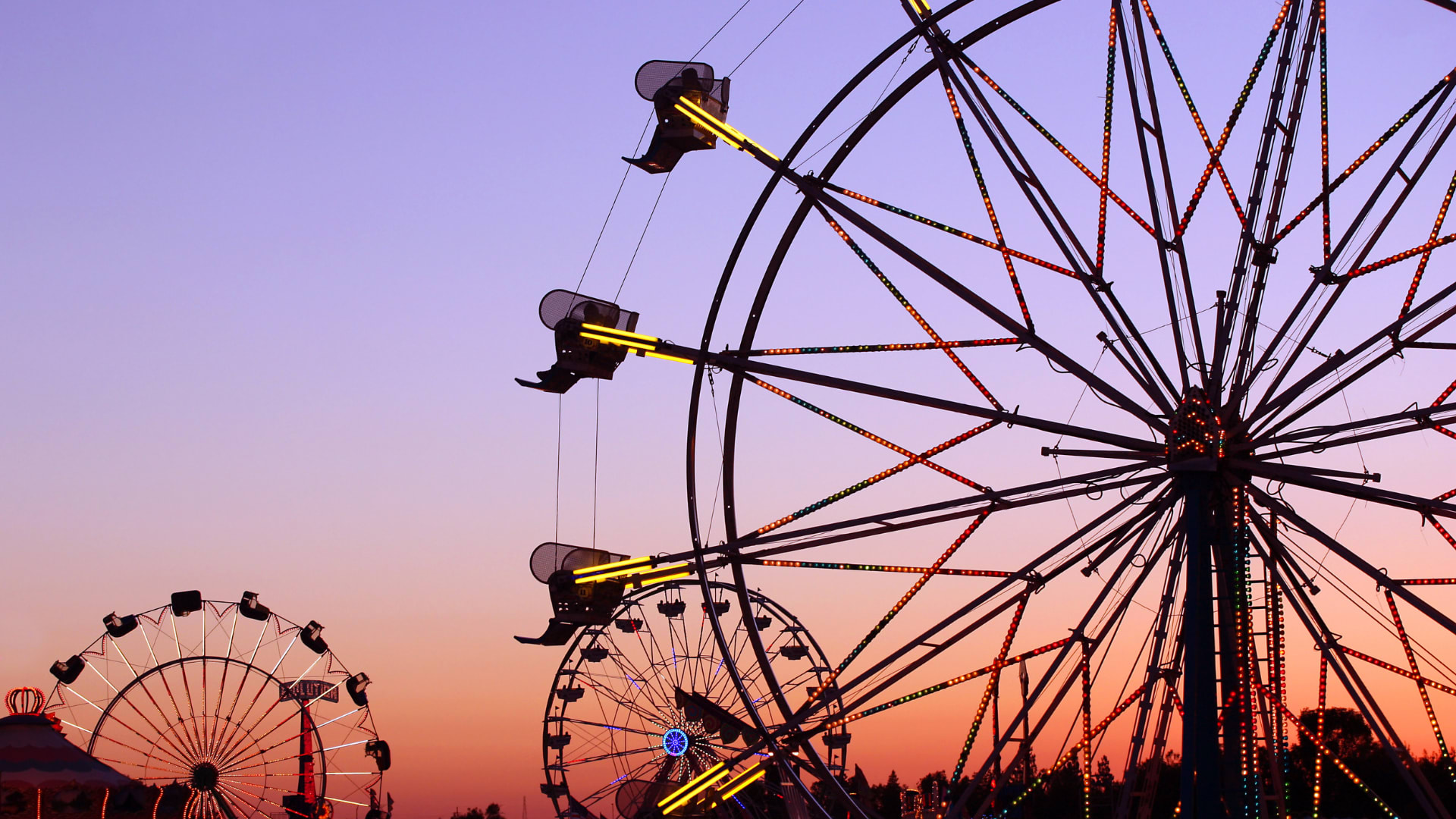The Arizona State Fair: A Cultural and Economic Landmark
The Arizona State Fair, an annual event held at the Arizona State Fairgrounds in Phoenix, is one of the most popular and long-standing traditions in the state. Running for several weeks each fall, it attracts hundreds of thousands of visitors from all over Arizona and beyond. From thrilling rides and midway games to concerts, competitions, and an abundance of food, the fair is a celebration of Arizona's diverse culture, history, and community spirit.
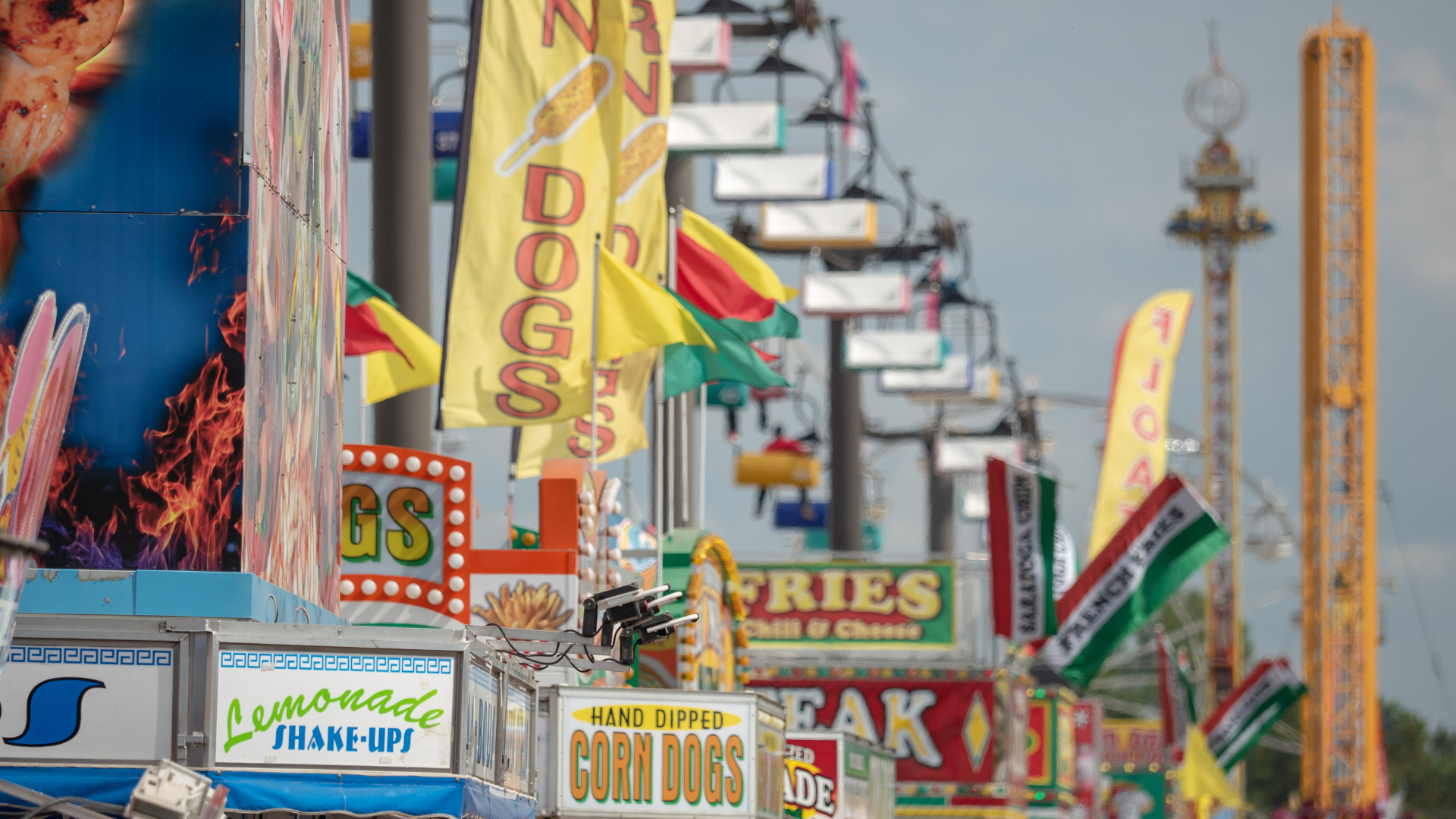 Historical Background
Historical Background
The Arizona State Fair has a storied history that dates back to 1884, when the first fair was organized to promote the state’s agricultural industry. Back then, Arizona was still a territory, and the fair became a platform for showcasing the agricultural and livestock skills of local farmers and ranchers. It also provided an opportunity for people to come together and celebrate their accomplishments.
The fair continued to evolve over the years, incorporating new attractions such as carnival rides, concerts, and exhibits that highlighted Arizona's growing economy and cultural diversity. The event became a state-sanctioned fair in 1912 when Arizona gained statehood. Despite challenges such as economic downturns and World War II, the fair has continued to thrive and remains a beloved tradition.
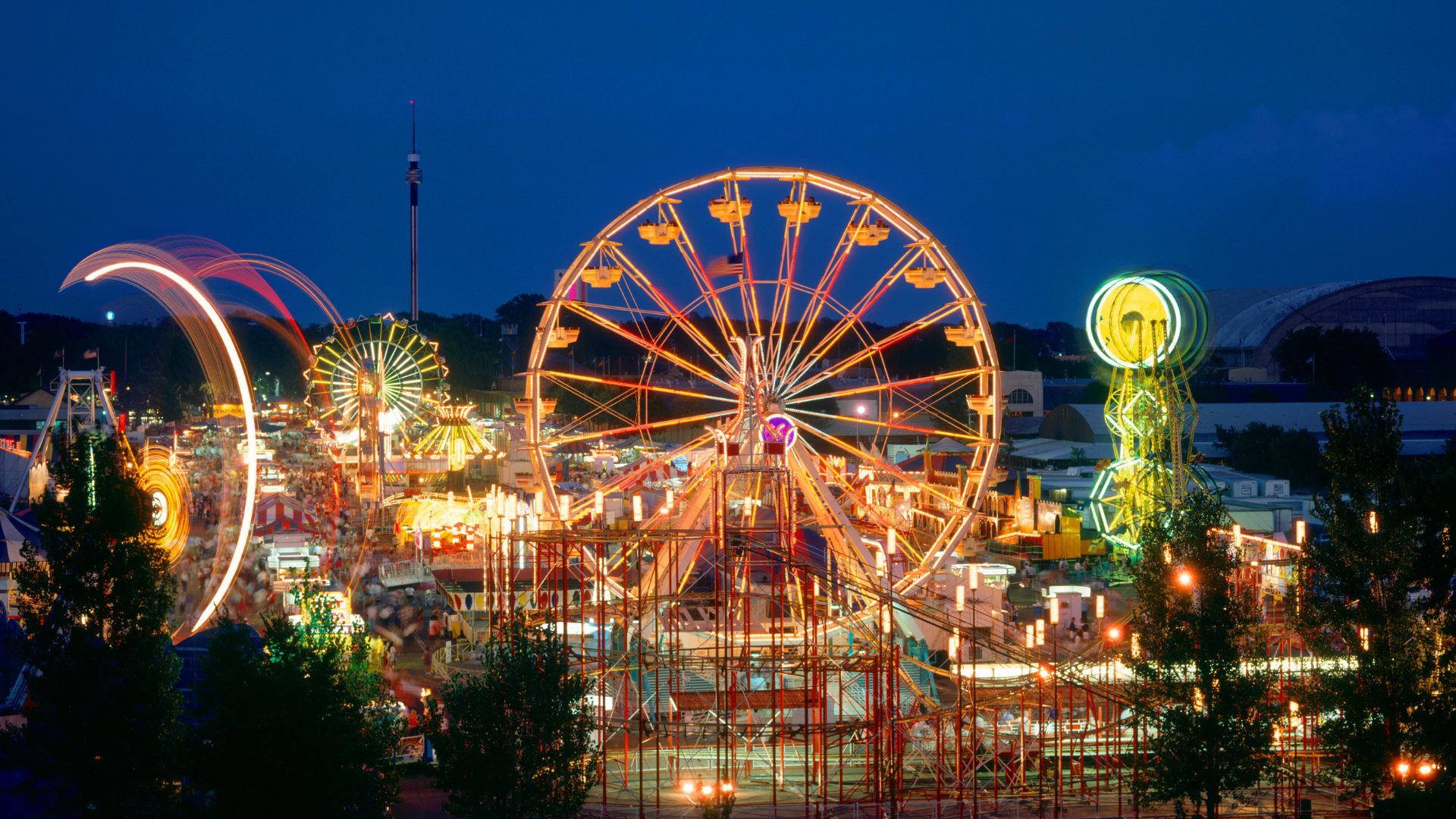 Attractions and Entertainment
Attractions and Entertainment
One of the highlights of the Arizona State Fair is its wide array of attractions, which cater to visitors of all ages. The fair features classic carnival rides such as Ferris wheels, roller coasters, and bumper cars. For thrill-seekers, the fair offers more intense rides like the towering Vertigo swing ride or the spinning Mach 1.
Live entertainment is another major draw at the fair, with concerts featuring both local talent and nationally known performers. Over the years, the Arizona State Fair has hosted big-name artists such as Stevie Nicks, John Legend, and Lynyrd Skynyrd. Additionally, visitors can enjoy rodeo events, demolition derbies, and monster truck shows, adding a dose of adrenaline to the festivities.
For those interested in more traditional fair experiences, there are plenty of exhibitions showcasing everything from livestock and agriculture to fine arts and crafts. The fair also features competitions in various categories, including baking, quilting, and photography, where participants can show off their talents and vie for ribbons and prizes.
 A Culinary Wonderland
A Culinary Wonderland
No state fair is complete without its food, and the Arizona State Fair is no exception. The fairgrounds are filled with food vendors offering an array of delectable treats. While classic fair foods like corn dogs, funnel cakes, and cotton candy are plentiful, the Arizona State Fair is also known for its adventurous culinary offerings.
Over the years, fairgoers have delighted in unique and often outlandish creations such as deep-fried Oreos, bacon-wrapped turkey legs, and even scorpion-topped tacos. These culinary experiments add an extra layer of excitement and curiosity for food lovers seeking something beyond the ordinary.
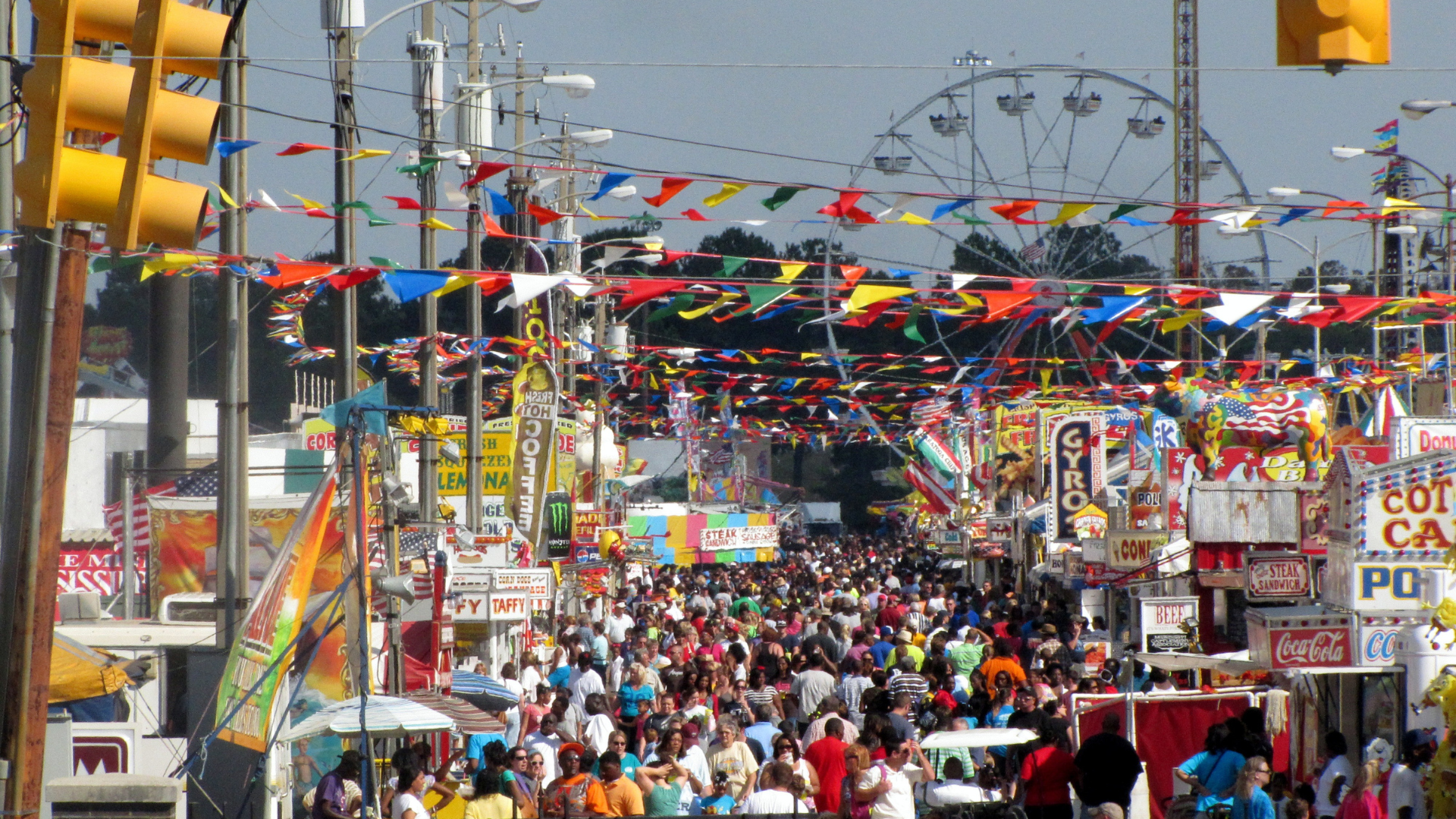 Economic Impact
Economic Impact
The Arizona State Fair is more than just a fun event—it also has a significant economic impact on the state. According to the Arizona State Fair Commission, the fair generates millions of dollars in revenue each year, benefiting local businesses, vendors, and the broader economy. In 2019, the fair attracted over 1.1 million visitors, making it one of the largest fairs in the United States. The revenue generated from ticket sales, food, rides, and vendor fees helps fund state programs and maintain the fairgrounds year-round.
In addition to direct economic benefits, the fair provides temporary employment opportunities for hundreds of people during the event, from food vendors and ride operators to security staff and entertainers. The fair also serves as a platform for local businesses and artisans to showcase their products to a broad audience, further contributing to the local economy.
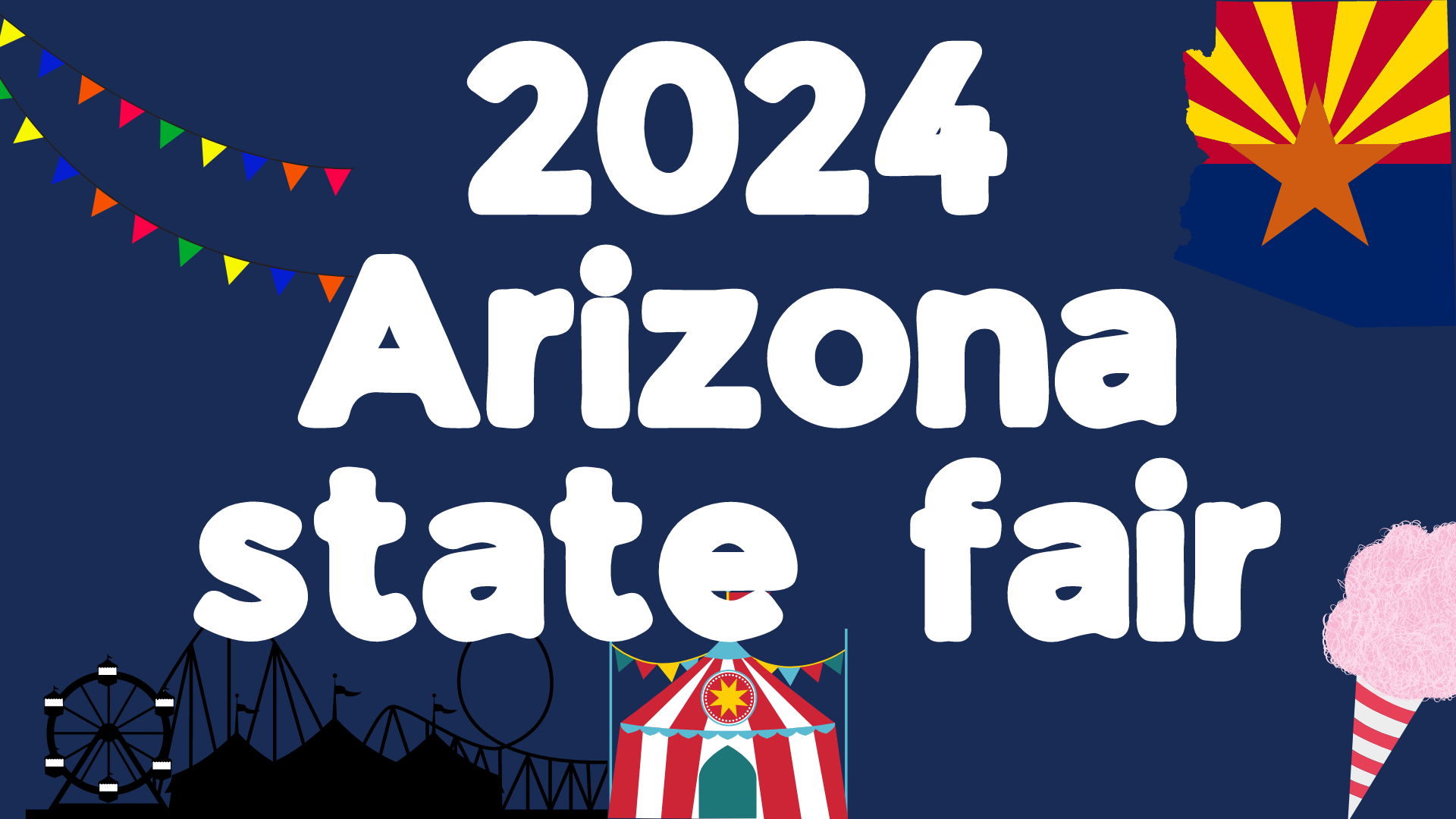 Visit the Arizona State Fair in 2024!
Visit the Arizona State Fair in 2024!
2024 Dates and Hours
The Arizona State Fair is set to run from September 20th to October 27th, 2024. The fair typically operates on a schedule of Thursdays through Sundays, giving you plenty of opportunities to attend over several weeks.
Opening weekend (Sep 20-22) gates open at 4 p.m.
Thursday: 12 p.m. – 9 p.m.
Friday: 12 p.m. – 10 p.m.
Saturday: 12 p.m. – 10 p.m.
Sunday: 12 p.m. – 9 p.m.
It's important to note that the fair is closed on Mondays and Tuesdays, so plan your visit accordingly.
Location and Getting There
The Arizona State Fair is held at the Arizona State Fairgrounds, located at:
1826 W. McDowell Rd., Phoenix, AZ 85007
The fairgrounds are centrally located, making it easy to access from various parts of the Valley. You can get there by car, public transit, or ride-sharing services like Uber and Lyft.
Driving: There is paid parking available at the fairgrounds. Lots can fill up quickly, especially on weekends, so arriving early is advisable. Parking fees generally range from $10 to $20.
Public Transit: The Valley Metro Light Rail and bus system are convenient options for reaching the fairgrounds. Check the Valley Metro website for the latest routes and schedules.
Ticket Prices and Discounts
Tickets for the Arizona State Fair can be purchased online or at the gate. Buying tickets in advance online can often save you money and help you avoid long lines at the entrance. Here’s a breakdown of the general admission prices for 2024:
General Admission: $15 (ages 8 and up)
Children 7 and under: Free
Discounts and special promotions are often available, particularly on certain days of the week. Popular discount days include:
Feed Good Fridays: If you donate 10 cans of food, you can get one free admission ticket. This deal is active: (September 27, October 4, 11, 18 and 25 from 12pm – 6pm).
Check the Arizona State Fair website closer to the event dates for a full list of promotions and deals.
Tips for Visiting
Arrive Early: To avoid the biggest crowds, consider visiting earlier in the day, especially on weekends. Arriving right when the gates open allows you to enjoy popular attractions with shorter lines.
Stay Hydrated: Arizona’s fall weather can still be quite warm, so bring water or take advantage of hydration stations throughout the fairgrounds.
Plan Ahead: Use the fair’s website or mobile app to check the schedule of events and map out your day. This will help you make the most of your visit and ensure you don’t miss any must-see attractions.
For More Information
For the most up-to-date information on ticket prices, schedules, and special events, visit the Arizona State Fair's official website: Arizona State Fair. You can also follow the fair on social media for real-time updates and announcements.
The Arizona State Fair is more than just an annual event—it's a celebration of the state's heritage, culture, and community. From its humble beginnings in the 19th century to its current status as a major economic and cultural event, the fair continues to bring joy and excitement to people of all ages. Whether you're drawn by the thrill of the rides, the entertainment, the competitions, or the food, the Arizona State Fair offers something for everyone, making it a must-visit event each fall.
#ArizonaStateFair #ArizonaStateFairHistory #AZStateFairExhibits #Rodeo #Horses #ArizonaMusic #ArizonaCulture #VisitArizona
Sources
Arizona State Fair Official Website. Arizona State Fair
"Economic Impact of the Arizona State Fair." Arizona State Fair Commission, 2020.
"History of the Arizona State Fair." Arizona Historical Society.
Valley Metro. "Getting to the Fair by Public Transit." Valley Metro
